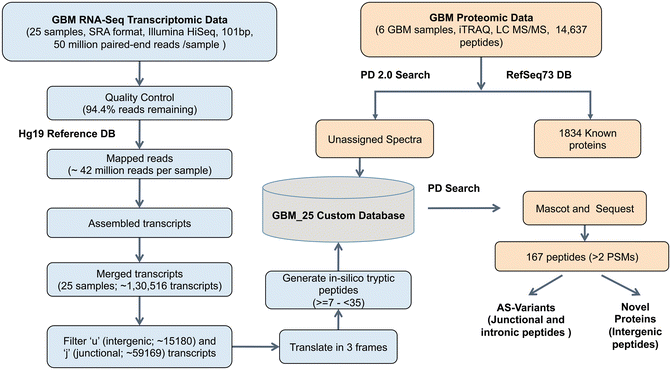
However, the clinical use of SCs is hampered because their harvest entails the sacrifice of healthy nerve tissue with associated side effects as well as challenges in their in vitro culture. The first autologous SC transplantation studies in humans showed promising results and demonstrated safety and clinical feasibility. In addition, repair SCs align in cords of cells (Bands of Büngner) to form a guiding structure that directs the regrowing axons towards their target. Repair SCs create a regenerative environment and regulate the multistep process of nerve regeneration by conducting essential tasks that involve the phagocytic removal of myelin debris, the attraction of phagocytes, and neurotrophic support for injured axons. The regenerative potential of the PNS is attributed to their highly plastic cell state, which allows SCs to transform into a specialized repair cell after peripheral nerve injury. The first choice for cellular enrichment of nerve conduits, allografts, or chronically denervated nerves are Schwann cells (SCs). To overcome these disadvantages, current research focusses on the improvement of artificial nerve conduits or decellularized nerve allografts enriched with cells or biological components such as growth factors, peptides, or ECM molecules. The second incision site bears the additional risk of donor site morbidity, neuroma formation, and pain. Nevertheless, the availability of donor nerves is limited and donor nerve innervated tissue suffers from functional loss.

Nerve autografts contain an intact nervous architecture, cellular support, and extracellular matrix (ECM) molecules that offer the best conditions possible for nerve recovery. Artificial nerve conduits are used to bridge nerve defects of about 4–8 mm and the transplantation of an autologous nerve graft is the current standard treatment to replace lost nerve tissue exceeding 8 mm. In case of nerve transection, the nerve endings may be reconnected if secure and tension-free end-to-end nerve coaptation is possible. The gold standard for the treatment of severe nerve injuries are microsurgical techniques. This study provided first evidence for an endocytosis mediated internalization of ADSC-EVs by SCs and underlines the therapeutic potential of ADSC-EVs in future approaches for nerve regeneration. Live cell imaging visualized that the uptake of ADSC-EVs preferentially took place at the SC processes from which the EVs were transported towards the nucleus. Upon comparing intracellular localization patterns of silica beads and ADSC-EVs in SCs, we found striking resemblance in size and distribution. 3-D image analysis revealed a perinuclear location of ADSC-EVs and their accumulation in vesicular-like structures within the SC cytoplasm. Our findings demonstrated that ADSC-EVs significantly enhanced the proliferation of SCs in a time- and dose-dependent manner. SCs treated with ADSC-EVs and silica beads were further investigated by 3-D high resolution confocal microscopy and live cell imaging. The proliferation rate of SCs in response to ADSC-EVs was determined using a multicolor immunofluorescence staining panel followed by automated image analysis. ADSCs, ADSC-EVs, and SCs were isolated from rats and characterized according to associated marker expression and properties.

However, it has not yet been elucidated whether ADSC-EVs exert this supportive effect on SCs by extracellular receptor binding, fusion to the SC membrane, or endocytosis mediated internalization. Recent studies showed a beneficial effect of adipose stem cell-derived extracellular vesicles (ADSC-EVs) on sciatic nerve repair, presumably through Schwann cell (SC) modulation.


 0 kommentar(er)
0 kommentar(er)
